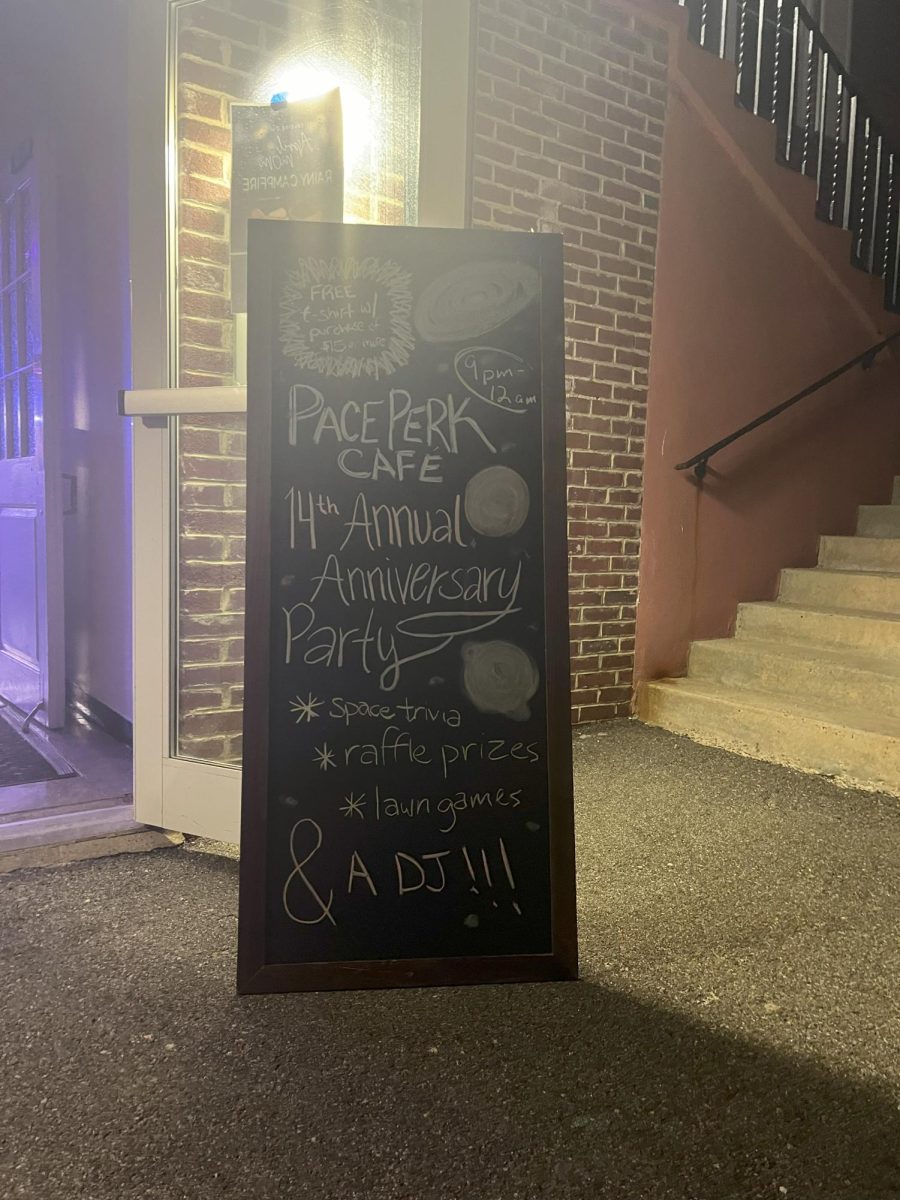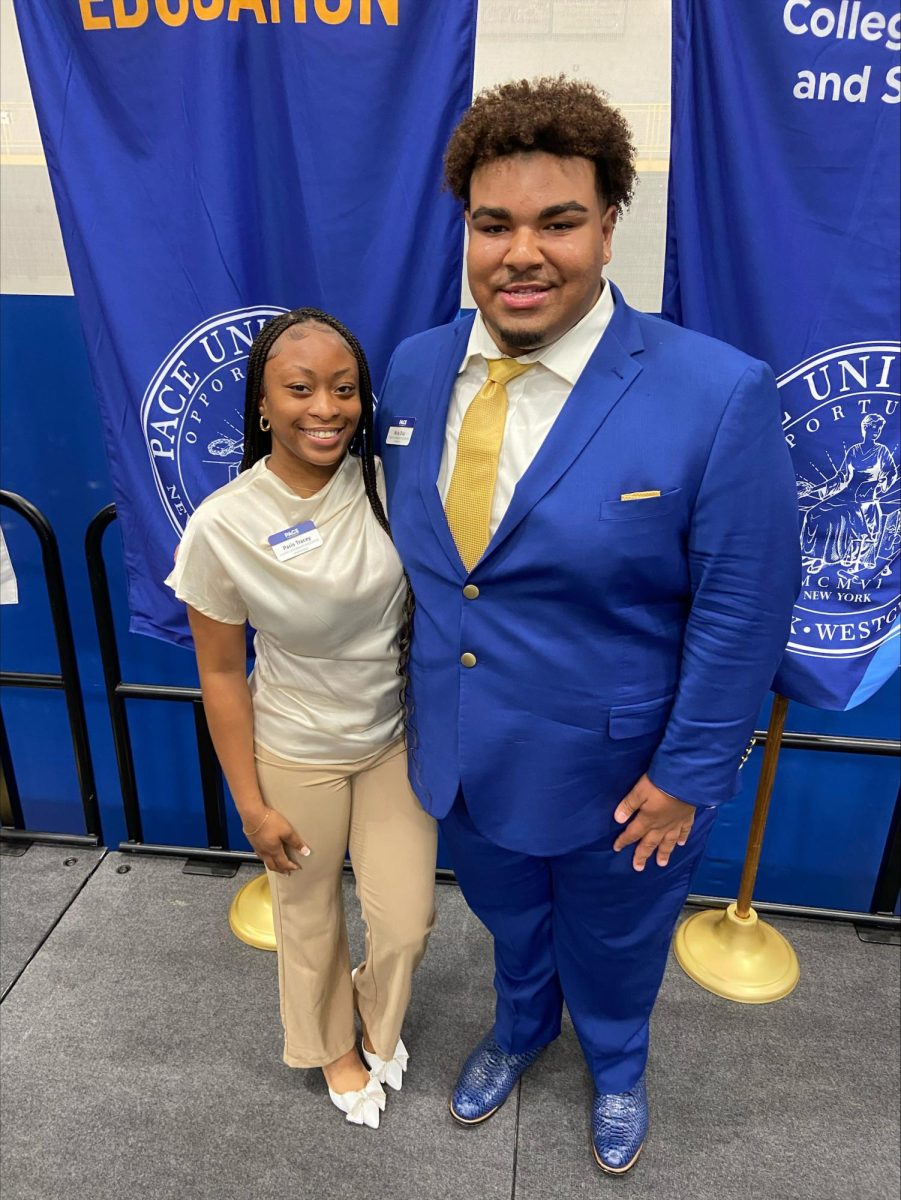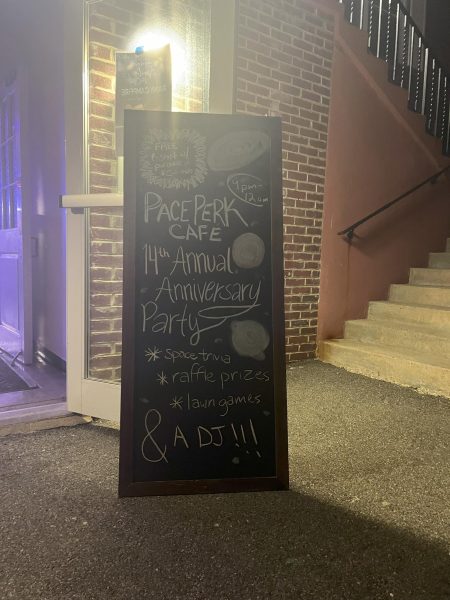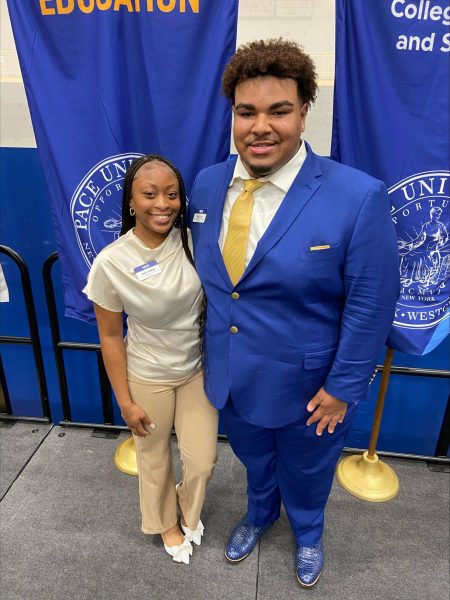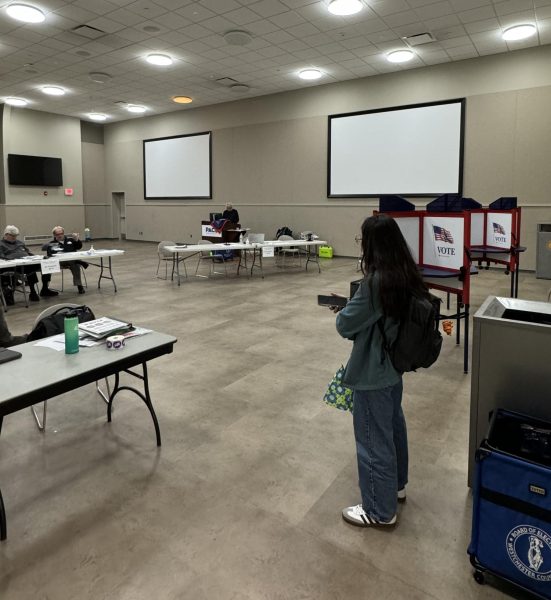Tackling Prescription Drug Use
April 13, 2015
Welcome back, friends! Hope you had a good spring break, because it marks the halfway point of the semester. Now is the time to start looking thinking about term papers and final exams.
Given the above, we all wish we had more hours in the day, or struggle to find some other way to be more productive. So this week, we’re going to tackle prescription drug use, and why it’s a very bad idea.
According to the Clinton Institute, a person dies of drug overdose every 19 minutes in the United States, and overdoses involving prescription painkillers now kill more people than heroin and cocaine combined.
On college campuses, prescription drug use has been increasing dramatically; from 1993 to 2005, the use of painkillers like Vicodin, Oxycontin, and Percocet increased by 343 percent, while the use of stimulants like Ritalin and Adderall increased by 93 percent. Further, the group most likely to abuse prescription drugs are full-time, college aged kids—18 to 24 years old.
We like to think that because these drugs need a prescription, they’ve got to be safer than illegal drugs like marijuana, heroin, or cocaine. Adderall, a drug meant to treat those with Attention Deficit Hyperactivity Disorder (ADHD), is often used on college campuses to increase focus and concentration. How is that bad?
Answer: Because you don’t know how Adderall works. When someone is prescribed a drug, their doctor explains how the drug works, the side effects, and what not to mix it with. When you buy prescription drugs from someone who is not a doctor, you have no idea what you’re getting into. You don’t even know if the drug you’re getting is the drug you asked for!
Example: Adderall is a stimulant, while alcohol is a depressant. Using them together can raise your body temperature, heart rate, and blood pressure, and cause irregular heartbeat. What’s more, because Adderall is a stimulant, it often decreases how drunk you feel, putting you at risk to overdrink or get alcohol poisoning.
The above statements can go for any prescription drug that isn’t prescribed to you by your doctor. Prescription painkillers like Percocet and Vicodin are highly addictive substances, even for those who are actually prescribed the drug. These drugs are usually prescribed with a heavy warning not to use it often, because it’s a hard habit to kick. And, by the way, when you mix these kinds of painkillers with alcohol, it can lead to dizziness, loss of consciousness, shallow breathing, slowed heart rate, impaired coordination, and in some cases, overdose, and death.
Finals and term papers suck, but getting addicted to prescription drugs or overdosing on them is a lot worse. Instead of reaching for some Adderall to get some extra study time in, take a nap (you only need 45 minutes to complete one REM cycle, by the way). I highly doubt one A is worth a potential lifelong addiction or death.
If you or someone you know is struggling with prescription drug addiction, you don’t have to go through it alone. The Pace Counseling Center is located by the Office of Student Assistance (OSA) and has walk in hours from 1 p.m. to 2:30 p.m. every weekday.


